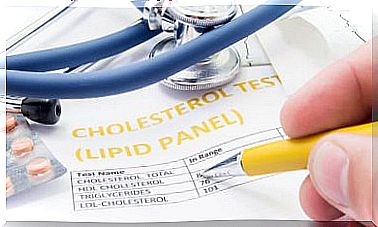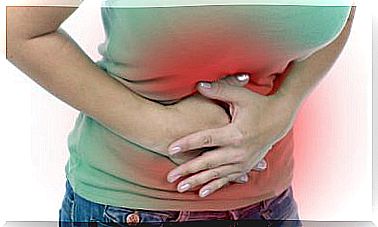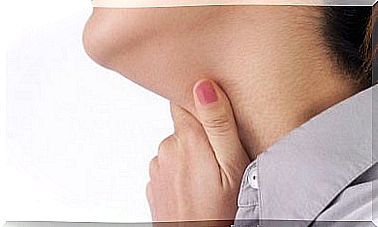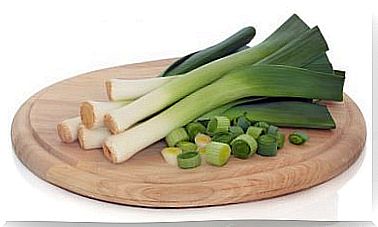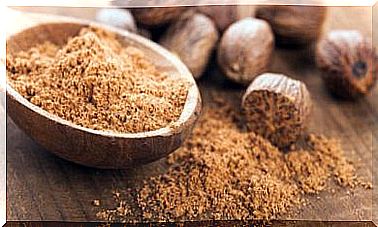Pharmacological Treatment Of Stye Or Chalazation
The stye is a very common eye infection. It is not usually serious although it is annoying for those who suffer it. It is an acute and painful infectious process of the upper or lower eyelid.
In most cases it reverses without the need for treatment, although it may be helpful to take steps to speed healing. Let’s see more below.
What is a stye?
A stye is a localized infection on the eyelid. The eyelids are elements of protection of the eyeball. The eyelids are made up of muscles covered with skin, on the anterior (external) side or lamina; and a mucosa called the conjunctiva, on the posterior (internal) side or lamina. Where both sides meet, the free edge, the lashes are born.
In relation to the eyelashes, there are two glands: the Zeis and Moll glands. At the back of the eyelashes are other glands, called Meibomian glands. Its function is to release content that will be part of the tear film and that prevents the eyes from drying out.
Types of stye
When one of the glands of the eyelids becomes infected, a stye appears. Depending on the affected gland, the stye will be:
- Internal: if it affects the Zeiss or Moll glands.
- External: if the infection of a meibomian gland.
Stye Clinic
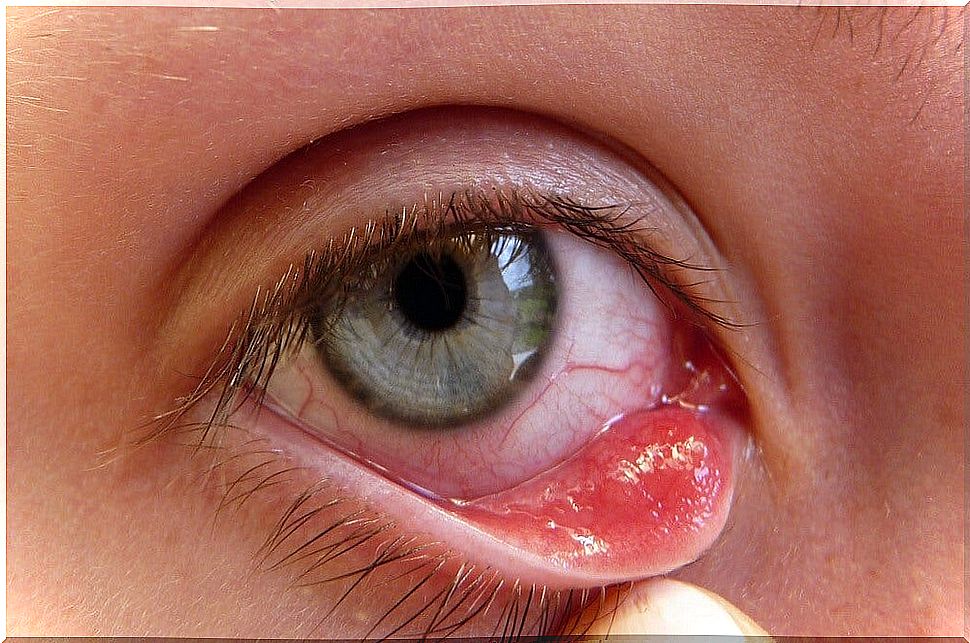
If you have a stye, the first symptoms will be eye pain or discomfort when blinking. As the infection progresses, the eyelid becomes red and inflamed.
Although it does not always happen, the infection can lead to an abscess. That is, it forms a pus-filled capsule that can be released to the outside.
It usually resolves within a few days, although the infection may become persistent. In these cases, the inflammation of the eyelid becomes more noticeable and forms a nodule called a chalazion.
Treatment for stye
The goal of treatment is to minimize the pain it causes. It also seeks to speed up the abscess rupture and release the contents of the stye.
There are many measures depending on the severity and evolution of the infection. From the simplest, such as hot water compresses to surgery.
Apply hot water compresses
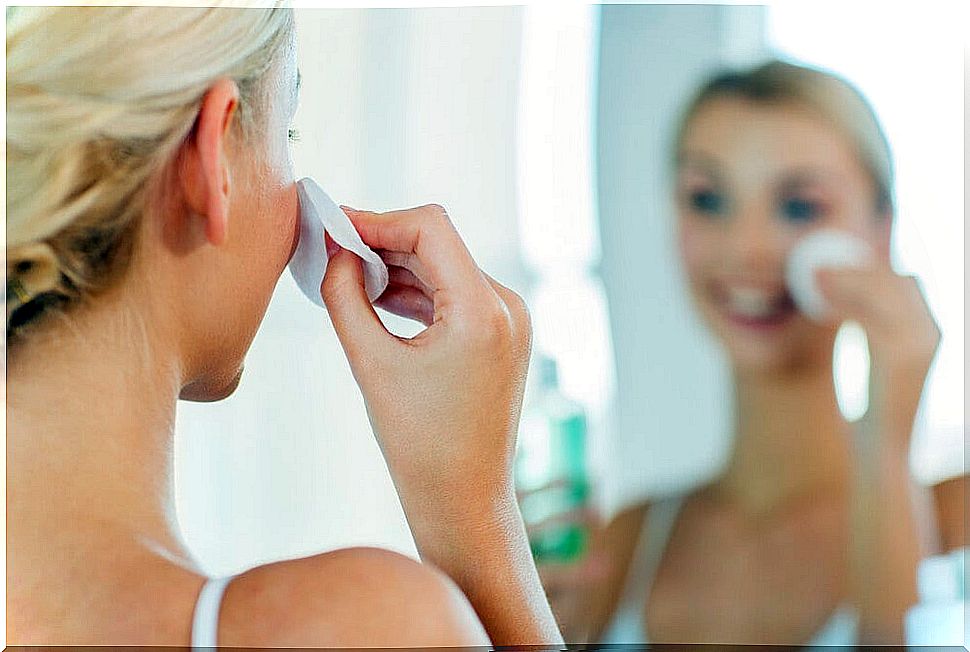
Styes are infections that form a capsule. Applying heat causes the capsule to soften, which makes it easier for the pus to be expelled and the stye to disappear.
It is recommended to wet compresses in warm water and massage the affected eyelid with them for about ten minutes. It should be done two or three times a day, to facilitate the resolution of the picture.
Pharmacotherapy
If the infection is slow to resolve or the discomfort is severe, antibiotic ointments and eye drops may be prescribed. This helps fight infection.
Ophthalmic ointments, used in eye infections, are drugs in semisolid form. These are applied to the lower edge of the eye. The eyelid is separated a little looking up and a little ointment is applied.
Although it seems complicated, it is easy to apply and with the blink of the antibiotic it is distributed throughout the ocular surface. In addition to helping to fight the infection, it prevents it from expanding into the mucosa that lines the eye, the conjunctiva.
The downside of using ointments is that they can make vision difficult the moment after using them. For this reason they are usually applied at night.
Sometimes, to complement the treatment, in addition to the ointment , antibiotic eye drops are prescribed during the day. The eye drops are liquid and do not interfere with vision, although they have less contact time with the eye. Therefore, they are complementary to ointments.
The most commonly used antibiotics for styes are:
- Aureomycin and Neomycin.
- Tobramycin.
- Ciprofloxacin.
- Gentamicin.
Surgical treatment of stye
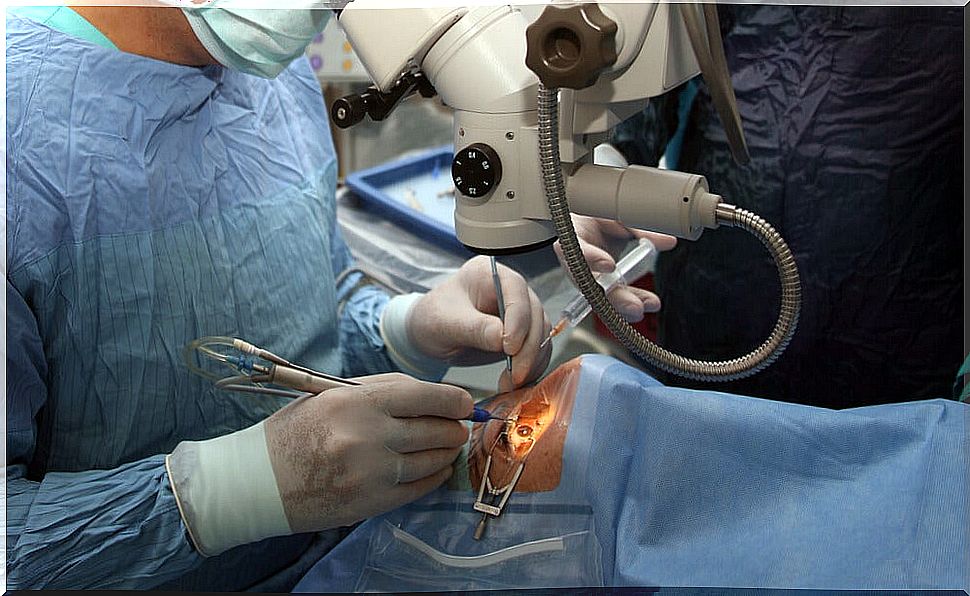
In persistent cases, or when the stye progresses to chalazion, its removal may be necessary. This intervention must be carried out by a professional after following the evolution.
According to the MSD Manual: “a chalazion ( calazio ) consists of the increase in size of a sebaceous gland (similar to a pimple), located at a certain depth in the eyelid, as a result of the obstruction of the opening of the gland” .
Even if it is a minor surgery, it must be done by expert hands. We should not try to remove styes at home.

